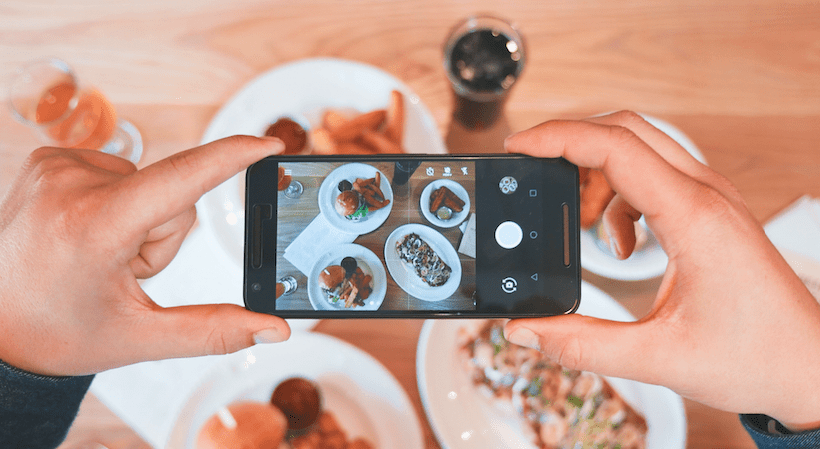Content lies at the heart of digital marketing, and our social media channels provide a means to ship that content out to our audience. We have Facebook Live, Instagram Stories, LinkedIn articles and a plethora of other avenues that continuously propel our content efforts forward in unique and innovative ways.
If you are searching for ways to amplify your startup’s marketing efforts and spread brand awareness even further, you must learn how to get the most out of your social channels.
Distinguishing platforms
Parents often say they could never choose a favorite child, but as an entrepreneur, you don’t necessarily want to treat all of your social media platforms equally. In fact, it would be wise to select a favorite or two based on the results you receive through those platforms. While it may be tempting to set up automation and have one piece of content published across all of your social channels, this isn’t always the most effective approach.
Your content strategy must take into account the differences and specialties of each platform. For example, Facebook is typically a great place for building community. Engaging in comment sections, private groups, or live videos provides the perfect opportunity to get to know your audience. Facebook provides plenty of space for text, which makes it a story-driven platform.
Meanwhile, Twitter reigns supreme for quick news updates and simple statements or links.
Instagram provides a visual outlet for your brand’s creativity and gives your audience a sneak peek into how you operate. With these differences in mind, take another look at your content strategy and see how you can use each platform for its true intention.
Related: Grow Your Business by Integrating Content Marketing and Social Media
Platform characteristics
If you generally understand the differences between each social platform but still feel stuck, this infographic is packed with research that can lend a hand.
For example, an effective way to network on Instagram is to tag relevant influencers. Instagram is also one of the best platforms for hashtags, so do some research into what popular hashtags your audience is using.
Per the infographic above, quotes “receive 26 percent more shares and 19 percent more likes” than non-quote posts on Facebook, so save the inspiring words for this platform.
In addition, the infographic provides optimal times to post on Facebook along with engagement rates throughout the week. Of course, you’ll want to do some research into your own following (e.g. through free analytics), as your audience is likely to vary slightly.
Focus on goals
Just as each of your social channels thrives with different types of content, each channel needs its own goals. So list each of your social channels on a blank page and start brainstorming some appropriate goals.
Oftentimes, we vaguely know what our goals are, but we don’t focus on them enough to make them happen. If you already have a list of marketing or business goals, use this sheet and try to funnel certain goals through specific social platforms.
If you don’t have particular goals, these can be created weekly, monthly, or overall for each social channel. For example, you may decide to permanently use Twitter for connecting with influencers and sharing industry news. Or, you might use Instagram to promote a special sale for just a week.
These distinct goals will help you make the most out of social media, stay grounded and get results. In addition, it makes planning and scheduling posts simpler, as you now know your point of focus.
Sign Up: Receive the StartupNation newsletter!
Branding through social media
Social media is the most obvious place to practice what your brand preaches. Whip out your branding strategy, including your values, characteristics and communication style, and start weaving these ideas into your social channels.
Social media should serve as a soapbox for you to share your message in a professional way, but that can only be done when you are clear on who you are. It’s also important to watch for brand discrepancies.
For example, your business might claim to have a strong belief in transparency, but you fail to share any behind-the-scenes details with your audience. Begin to create content that closes the gap between these differences. Much like your individual social platform goals, your brand identity guides the focus and flavor of your content.
Curating content to suit each of your social channels is an ongoing process that requires patience and observation. But aligning with your goals and brand strategy makes a world of difference. Let your brand harness and speak through the power of each individual social media platform, and your audience will take notice.






